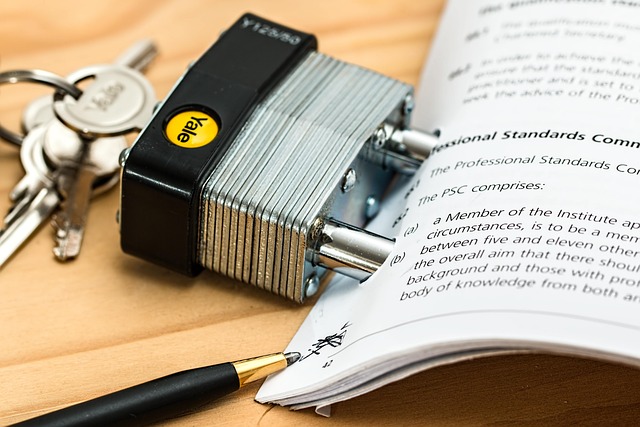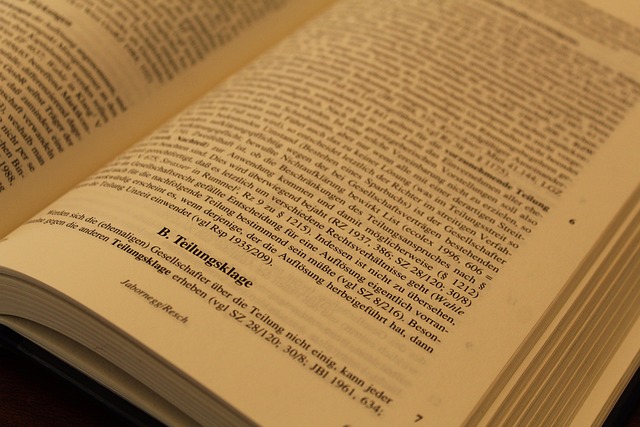Estate distribution is a complex process involving the equitable transfer of assets post-death, requiring adherence to legal standards and precise professional valuation. It begins with a detailed financial assessment and creation of comprehensive will/estate planning documents. Regular reviews are crucial to maintain relevance through life's changes, ensuring fair distribution while minimizing disputes among beneficiaries. Experienced attorneys ensure compliance with tax codes, inheritance laws, and restrictions, creating clear guidelines for asset management and distribution according to individual wishes.
Estate distribution is a critical aspect of wealth management, ensuring that assets are allocated fairly and efficiently among beneficiaries. This article delves into the essentials of understanding estate distribution, highlighting the key players involved in the process. We explore strategic approaches to facilitate a smooth transition, focusing on legal considerations and planning techniques. By navigating these factors, individuals can ensure their estates are distributed according to their wishes, promoting peace of mind for both the deceased and their loved ones.
- Understanding Estate Distribution: The Basics and Key Players
- Strategies for Fair and Efficient Allocation of Assets
- Legal Considerations and Planning for Smooth Transition of Estates
Understanding Estate Distribution: The Basics and Key Players

Estate distribution is a crucial process that ensures the fair and orderly transfer of an individual’s assets and properties after their passing. It involves identifying and categorizing all assets, including real estate, personal property, investments, and other valuable items, to be divided among the designated beneficiaries. This process is not merely about dividing possessions but also ensuring legal compliance and settling any potential disputes among heirs or beneficiaries.
The key players in estate distribution are various professionals who play integral roles. These include attorneys specializing in probate law, who guide the process and ensure it adheres to legal frameworks; accountants, responsible for accurately valuing assets and managing tax implications; and executors or trustees, who are entrusted with administering the estate and distributing assets according to the deceased’s wishes as outlined in their will or trust documents. Effective collaboration among these professionals is essential to streamline the distribution process and provide a transparent outcome for all involved parties.
Strategies for Fair and Efficient Allocation of Assets

In ensuring a proper estate distribution, several strategies can be employed to achieve a fair and efficient allocation of assets. Firstly, an in-depth assessment of the individual’s financial situation is crucial. This involves identifying all assets, liabilities, and potential claims, such as taxes or outstanding debts. A thorough understanding of these elements allows for a more accurate planning process.
Secondly, creating a comprehensive will and estate planning documents is essential. These legal instruments provide clear instructions on how assets should be distributed after an individual’s passing. Using specific beneficiaries and allocating assets accordingly ensures that wishes are respected and the distribution remains fair. Regular reviews and updates of these documents, especially in cases of significant life changes or additions to the estate, guarantee that they remain reflective of current circumstances.
Legal Considerations and Planning for Smooth Transition of Estates

The smooth transition of estates is a delicate process that requires meticulous legal considerations. When planning for the distribution of assets, it’s crucial to understand and adhere to relevant laws and regulations to avoid complications and disputes among beneficiaries. Engaging experienced legal professionals is essential; they can provide guidance tailored to specific circumstances, ensuring compliance with tax codes, inheritance laws, and any applicable restrictions.
Estate distribution planning involves creating clear guidelines for the division of property, assets, and liabilities. This includes drafting a comprehensive will or trust document that outlines the wishes of the decedent (or grantor). By doing so, individuals can control how their estates are managed and distributed, minimizing potential conflicts among family members or beneficiaries. Regular reviews and updates to these documents are recommended to reflect changing circumstances and ensure a seamless transition during what can be an emotional time for all involved parties.






